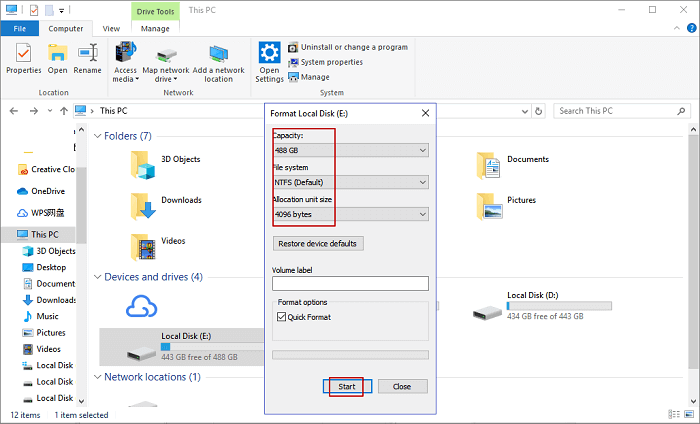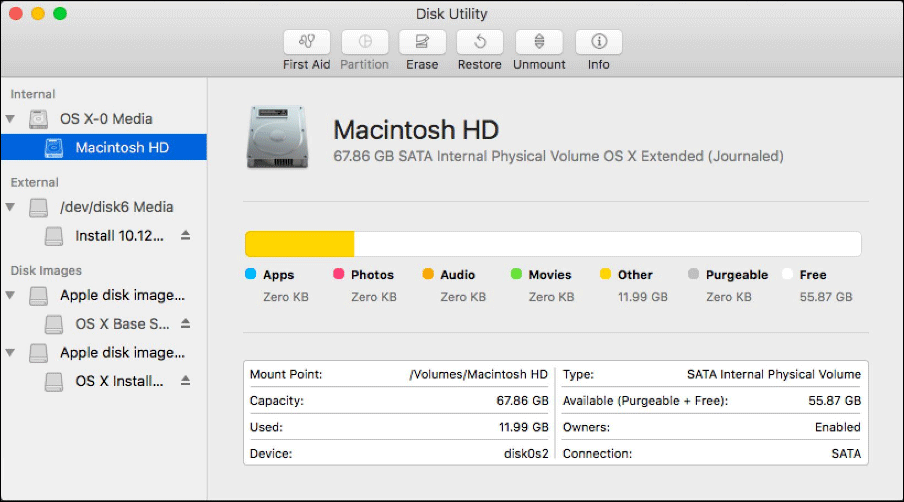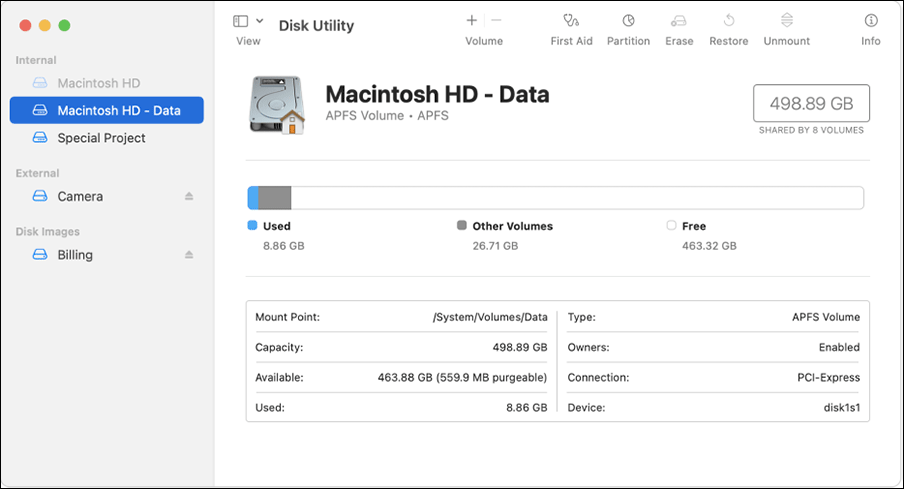
This fix is based on the fact that sometimes we need to write some files to a drive once, in which case nothing needs to be installed. Take note: this method can have serious consequences and result in loss of data on target drive, so skip this fix if you’re writing to important volumes or eyeing a long-term solution. Now, let’s get to a one-time fix of enabling macOS built in experimental NTFS support. Usually you should veer away from this option because it limits drive sizes to less than 32 GB.
Best format for mac external usb drive mac os#
Time Machine backup – Are you using the drive to back up your Mac with Time Machine? Then format the drive to HFS+, which shows up as Mac OS Extended in the Disk Utility GIU.
Best format for mac external usb drive portable#
Portable drive – Are you keen on making a portable drive to use with your Mac and Mac computers alone? Format your drive to HFS with the Mac OS Extended option.Your next step, however, can vary depending on what you want to do with the blank drive: Once you plug in your drive and open Disk Utility, highlight your drive in the sidebar and click Erase, as shown in the instructions above. Click Erase, and then choose exFAT in Format.Įxternal hard drive ‘read only’ issue? Here’s a quick fix.Select the USB drive in the menu found on the left.You can easily format a USB drive or external hard drive as exFAT instead of FAT32. As a rule of thumb, format your drive as exFAT if you are fairly sure that you won’t have a file smaller than 4 GB. Speed – Generally, exFAT drives are quicker at writing and reading data compared to FAT32 drives.exFAT, however, has no limitations on file sizes as well as hard drive sizes, making it the better option for those who are using a portable drive that stores massive files, such as 3D projects.


Personal computers have seen its evolution from FAT12 to FAT16 to the current FAT32, and then the arrival of exFAT, created with USB drives and external drives in mind. File Allocation Table (FAT) is the oldest of the file systems, hence it can be recognized by every OS out there. Meanwhile, FAT32 and exFAT work with all operating systems just fine. NTFS works flawlessly with Windows, but leaves much to be desired with everything else. macOS is able to recognize as well as read NTFS drives, but it cannot write to them.


If you’ve ever tried to format a hard drive as NTFS, you have probably come across a handful of trouble in getting it to work with your Mac or Linux. Mac users are likely to find FAT32 and exFAT as their best options, and for a good reason. About Outbyte, uninstall instructions, EULA, Privacy Policy.


 0 kommentar(er)
0 kommentar(er)
